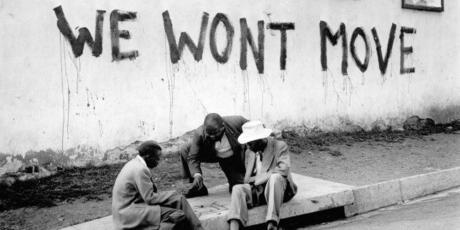Towards a Global History of Primitive Accumulation Conference - report
Forged in blood and fire. Report from the Conference
“Towards a Global History of Primitive Accumulation”
By Marten Dondorp
How are land, seas, habitats, and human bodies incorporated into global market society? This question animated more than forty researchers to come together at the “Towards a Global History of Primitive Accumulation” conference. This conference at the International Institute of Social History (IISH) in Amsterdam, from 9 to 11 May, 2019, was co-sponsored by the IISH, the University of Pittsburgh, Carnegie Mellon University and the University of Houston. The organizing committee consisted of Pepijn Brandon, Nyklas Frykman, Wendy Goldman, Marcus Rediker and Marcel van der Linden.
Apart from the speakers and chairs, it drew visitors from many countries, including the US, Japan, Brazil, the UK, Sweden, Germany and Austria. The large audience that followed the conference proceedings throughout these three days, shows the re-emergence of interest in questions of the role of violence and dispossession in capitalism’s long history.



